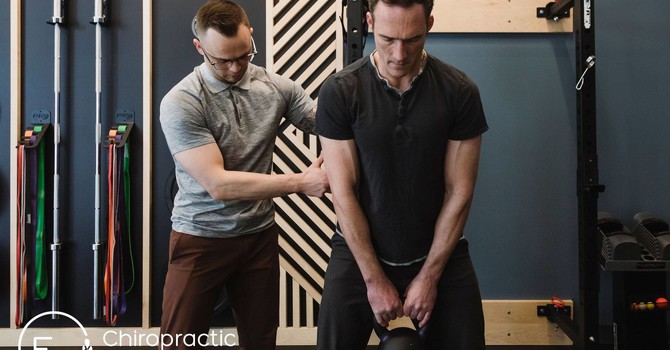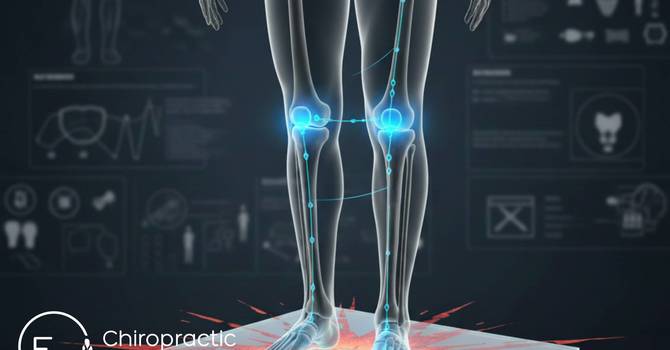
If you’re a runner, you’ve probably experienced your fair share of aches and pains—tight calves, sore knees, or even the occasional blister. But rib pain? That’s a whole different kind of discomfort.
You might be surprised to learn that rib pain is not uncommon among runners. In fact, it can affect anyone from beginners to seasoned athletes, often catching them off guard mid-run or after a long session.
At E3 Chiropractic + Wellness, we see many runners experiencing this frustrating pain, which can be caused by a variety of underlying issues. Whether it’s poor breathing patterns, core instability, or muscle compensation in your back, rib pain can hinder your performance and make running far less enjoyable.
But don’t worry—there are solutions! In this blog, we’ll explore three main reasons why runners experience rib pain.
1. Poor Breathing Patterns: Overworking Your Secondary Respiratory Muscles
One of the most common reasons for rib pain in runners is poor breathing technique. You might not realize it, but how you breathe during your runs can significantly affect your muscles, particularly those in your chest and ribs. When your breathing patterns are shallow or inefficient, your secondary muscles of respiration—the ones around your neck, shoulders, and ribs—must work overtime.
Why does this cause rib pain?
Breathing should primarily engage your diaphragm, the muscle that sits just below your lungs. When you take deep, full breaths, the diaphragm does the majority of the work. However, many runners tend to breathe shallowly, using their chest rather than their belly. This shallow breathing forces secondary muscles, such as the intercostal muscles (located between the ribs) and the scalenes (neck muscles), to pick up the slack.
Over time, these muscles can become fatigued and overworked, leading to tightness, cramping, and even sharp rib pain. You might feel discomfort while running, especially during high-intensity training or long-distance runs when your body’s demand for oxygen is at its highest.
How to improve your breathing technique:
Learning to breathe properly is key to preventing rib pain. Diaphragmatic breathing, or belly breathing, allows your diaphragm to expand fully, improving oxygen intake and reducing the stress on the muscles around your ribs. Focusing on deep, controlled breaths during your runs can make a huge difference.
At E3 Chiropractic + Wellness, our team can help you retrain your breathing patterns and improve your body mechanics, ensuring that your secondary respiratory muscles aren’t overworked. A few sessions with our chiropractor can help you develop better breathing habits, making your runs more comfortable and effective.
2. Poor Low Back Stability: Diaphragm Dysfunction and Core Instability
Did you know that your rib pain might actually stem from issues in your lower back? It’s all connected. Many runners suffer from poor low back stability, often due to a lack of proper core engagement. This instability is frequently linked to an inability to use the diaphragm effectively for both breathing and core stabilization.
What’s happening in your body?
Your diaphragm isn’t just a breathing muscle—it also plays a critical role in stabilizing your core. When you breathe deeply, your diaphragm contracts, increasing intra-abdominal pressure, which acts as an internal brace for your lower back. However, if your diaphragm isn’t functioning optimally, your core stability is compromised. Without this stabilization, your body may start to compensate, using other muscles—such as those in the lower back or midsection—to create that stability.
When this happens, you may experience discomfort in your ribs, as the muscles surrounding them work harder to stabilize your torso. This can lead to rib pain that feels dull and achy during or after a run.
How to improve low back stability:
Improving low back stability starts with training your diaphragm to work more effectively. Core-strengthening exercises that emphasize breathing mechanics, such as planks or bird dogs, can help. However, it’s important to ensure you’re doing these exercises correctly. At E3 Chiropractic + Wellness, our chiropractors can assess your core function and guide you through exercises tailored to improve both your breathing and stability. With a focus on diaphragmatic function, we can help alleviate rib pain and prevent future injuries.
3. Poor Shoulder Blade Stability: Mid-Back Muscle Compensation
The third common cause of rib pain in runners is poor shoulder blade stability. If the muscles that stabilize your shoulder blades (scapulae) aren’t functioning properly, your mid-back and ribcage can end up compensating. This compensation leads to overworked muscles, resulting in pain and discomfort in your ribs.
How does shoulder blade instability affect your ribs?
Your shoulder blades are the foundation for upper body movement. When they’re stable, your shoulders and upper back function smoothly. However, if your scapular stabilizers—muscles like the serratus anterior and rhomboids—aren’t doing their job, other muscles in your mid-back and ribcage must pick up the slack.
These compensations can lead to tightness, muscle fatigue, and eventually pain in your mid-back and around your ribs. This is especially true for runners who may already be prone to poor posture or who spend a lot of time sitting, which weakens the muscles needed for proper shoulder blade stability.
How to improve shoulder blade stability:
Strengthening the muscles around your scapulae can relieve rib pain and enhance your overall running performance. Exercises like rows, scapular push-ups, and banded pull-aparts can help improve shoulder blade stability. However, it’s essential to use proper form and target the right muscles.
At E3 Chiropractic + Wellness, we offer personalized assessments to identify where your weaknesses lie. Our clinic chiropractors can create a customized plan to improve your shoulder blade stability and correct muscle imbalances that may be contributing to rib pain.
Say Goodbye to Rib Pain with E3 Chiropractic + Wellness
Rib pain doesn’t have to be a part of your running routine. Whether you’re dealing with poor breathing patterns, core instability, or shoulder blade dysfunction, the team at E3 Chiropractic + Wellness is here to help you address these issues and get back to pain-free running. Our Saskatoon clinic chiropractors specialize in identifying the root causes of pain and creating personalized plans to improve your body mechanics, prevent injury, and optimize your performance.
If rib pain has been holding you back, don’t wait—contact E3 Chiropractic + Wellness today. Let’s work together to get you running stronger, longer, and without pain!
Click HERE to book an appointment with us today!





